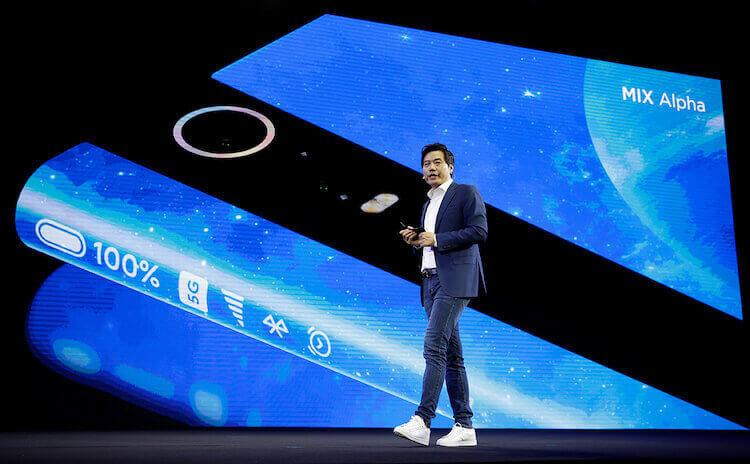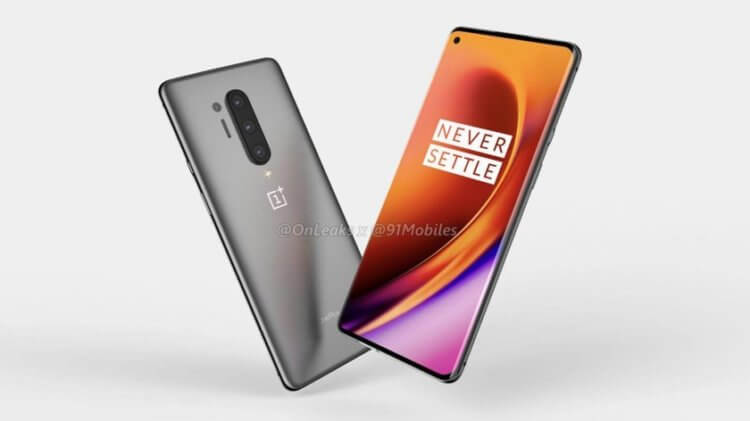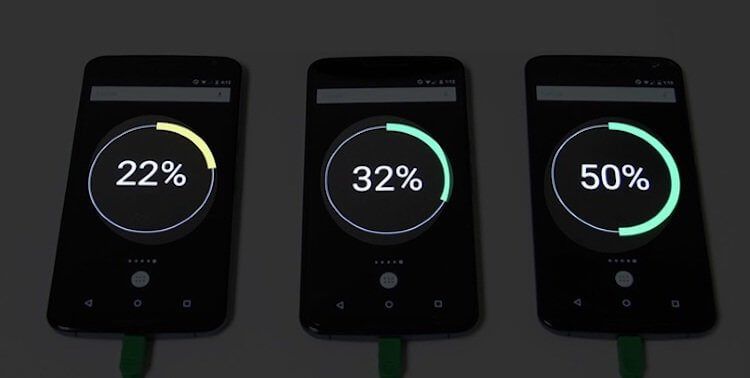Recently, it is generally unclear where the smartphone market is heading. The models come out too different, all manufacturers constantly behave as if they themselves do not know what they want. One thing is clear for sure, they are afraid to take risks and offer us something really new. That is why they try to repeat one after another and compete only in improving what is now. They offer almost nothing new and, if there is anything, it somehow drowns in the presentation format. On them, companies place great emphasis on the capabilities of the camera. It is interesting to everyone, in contrast to innovation. Nevertheless, it is still possible to trace the main directions of development of devices. But what are these directions and do we need them?

Something new happens, but rarely.
Big screen phones
It is hard not to notice that the manufacturers every year and every new generation of their devices are trying to make the screen more and more. Because of this, the size of the case increases, and since it is large, it would be necessary to install a larger battery. As a result, the weight of smartphones is growing from year to year. I even wrote a separate article about this using the example of how Samsung and Huawei behave.
As in the automotive industry, it has become the golden rule that the new generation of the car should be at least a couple of centimeters larger than the previous one. Screens don't grow that much year after year, but fractions of an inch of diagonal increase each time. At the same time, so much so that they are no longer always convenient to use. For example, I have been using the Huawei Mate 40 Pro for several weeks now and I realize that it is very difficult for me to use it with one hand.
Against this background, I got a new iPhone SE of the second generation and I understand that this is literally an outlet. You can use your smartphone normally with one hand. Sony tried to do something similar in the Xperia XZ2 Compact, but the public simply pecked at it because the screen had a diagonal of less than five inches, and the smartphone cost more than 40,000 rubles. Nobody even thought that there are fans of such smartphones. After that, almost no one goes to such dangerous experiments. Only now Apple made up her mind, but she can.
How to increase the screen frequency
Another thing about screens is increasing the refresh rate of the screen. For many years we have been using screens with a frequency of 60 Hz, then the only ones came out that offered 90 and we all admired. This year, everyone started to move to 120 Hz en masse.

OnePlus 8 is one of the first phones with a 120Hz screen.
Now the public, after the release of new products, has become interested not only in how many megapixels it has or what battery capacity, but also in the refresh rate of the screen. Somehow imperceptibly it became the gold standard.
I am sure that brands, as the performance of smartphones increases, will stuff them with screens with increasing refresh rates. It is illogical to talk about where the limit will be. As long as there is room for improvement, manufacturers will do it and convince us that this is the only way we can change our lives.
Smartphones with fast charging
Agree, it's much more pleasant to charge a smartphone in 30 minutes than in 2 hours. Many companies have started to actively implement fast charging. In this case, first of all, what has been said applies to wireless charging.
The wired option has settled for about 30 minutes to 100 percent for OnePlus's Dash and OPPO's Super VOOK for a couple of years now. There is also a full charge option from the third member of the BBK family – Vivo. The company has proposed a concept of technology that fully charges the battery in a little over 10 minutes, but so far this is only a concept.
Much more interesting is that the speed of wireless charging is growing, and the same OnePlus and OPPO have already offered options for full wireless charging in less than an hour. True, for this you need to use only the original charger, but these are already details.
The desire to do super-fast charging is highly commendable. For me personally, if a smartphone charges in 10 minutes, it doesn't matter if it will last for a day or two. At this charging speed, battery life is not that important.

Fast charging is the most convenient way to fill your gadget with energy.
Low-cost phones are more important to manufacturers
I have been indignant more than once that manufacturers have begun to chase the price of flagship devices only in order not to seem like a mid-range brand. In addition, technologies have now advanced so much that each new step is taken with great difficulty and enormous costs.
Because of this, it seems that the new flagships are primarily needed so that the sub-flagships against their background seem to be excellent phones for good money. Examples are OnePlus 8, Huawei P40, Samsung Galaxy S20 and even iPhone 11.
There is logic in this. Especially now, when the economic situation is unstable and the flagships are unlikely to be needed by anyone in the next couple of years.
Presentations and advertising have also become a real development trend for smartphone manufacturers. Only with the help of them it is possible to prove to the buyer that he does not need a smartphone from the secondary market (this market is growing every year), but a new, albeit cheaper, device.
The market is oversaturated with smartphones and sales cannot grow forever. That is why there is a situation when new items are expensive to develop and, as a result, they are also expensive, and the oversaturated market of used smartphones is simply forced to dump.
If manufacturers don't learn to sell more smartphones, they will drive themselves into an even deeper crisis than the coming economic crisis. It's not easy for them now either. Let's see how they get out – it's very interesting.
